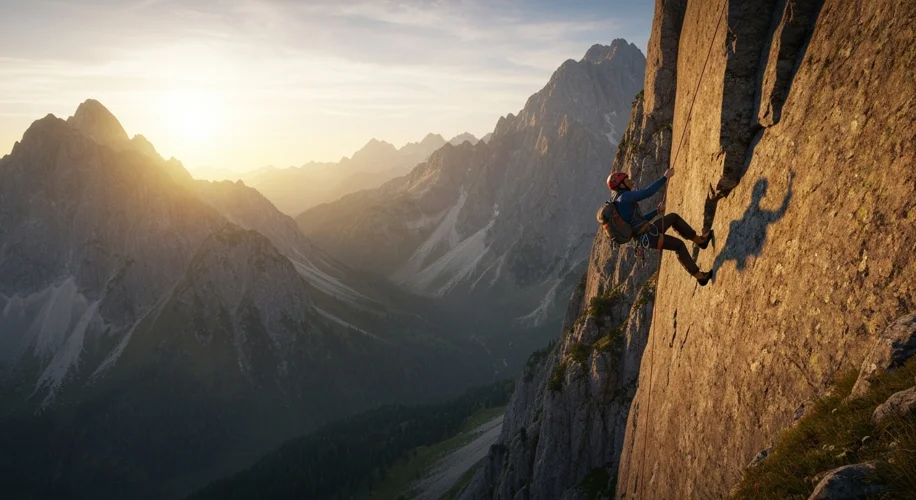Okay, so hear me out. As of September 5th, 2025, we’re living in a pretty wild time for gaming, especially when it comes to virtual reality. Sony’s PlayStation VR2 has been out for a while, and while it’s a solid piece of tech, we’ve been waiting for that one game to really show us what it’s capable of. I think I might have found it: Call of the Mountain.
Let’s be real, VR can be hit or miss. Sometimes it feels revolutionary, and other times it’s just… okay. Call of the Mountain aims to bridge that gap. Developed by Guerrilla Games and Firesprite, this game isn’t just a tech demo; it’s a full-fledged adventure that pushes the PSVR2 hardware to its limits.
The first thing that hits you is the sheer visual fidelity. The graphics are stunning. We’re talking crisp textures, realistic lighting, and environments that feel truly alive. Climbing those massive cliffs in the game, you can almost feel the spray of the water and the chill of the wind. It’s that level of detail that pulls you in and makes you forget you’re standing in your living room.
And the gameplay? It’s designed to take advantage of the PSVR2’s unique features. The headset’s eye-tracking means the game can anticipate where you’re looking, subtly enhancing the visuals. The haptic feedback in the controllers and even the headset itself adds another layer of immersion. When an arrow whizzes past your head, you don’t just see it; you feel a subtle rumble. It’s these little things that add up to a seriously convincing experience.
But Call of the Mountain is more than just a pretty face. It’s a narrative-driven adventure where you play as a Shadow, a character on a quest to save your brother. The story unfolds as you explore the world, solve puzzles, and engage in combat. The climbing mechanics are surprisingly intuitive, and while there’s a definite learning curve, mastering them feels rewarding. It’s not just about button presses; it’s about physical movement and presence in the virtual world.
So, what does this mean for the future of VR gaming? If Call of the Mountain is any indication, the future is incredibly bright. We’re moving beyond simple VR experiences to fully realized games that can compete with traditional console titles. The focus on immersion, graphical fidelity, and utilizing the unique capabilities of VR hardware is a roadmap for what’s to come.
Think about it: more games that leverage eye-tracking for smarter interactions, haptic feedback that makes virtual impacts feel real, and graphics so good you’ll swear you’re actually there. This is the kind of progress that makes me genuinely excited about where VR gaming is headed. It’s not just about playing a game anymore; it’s about living it.

